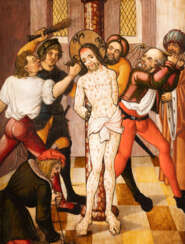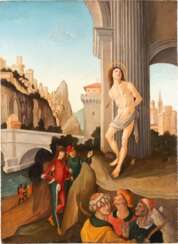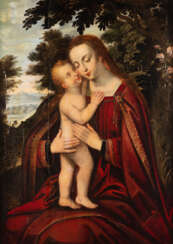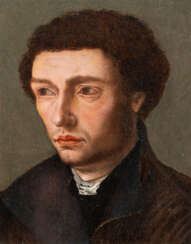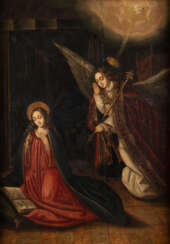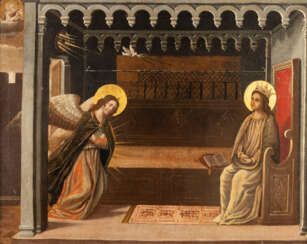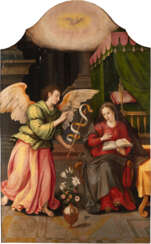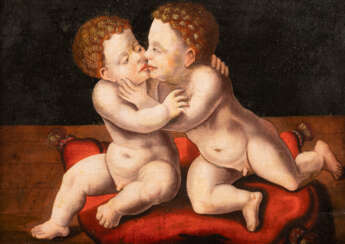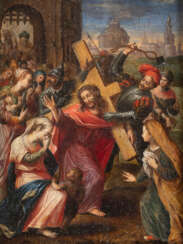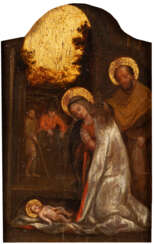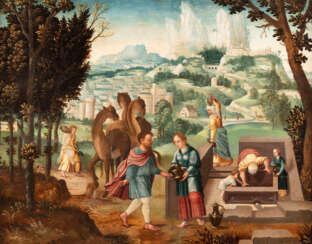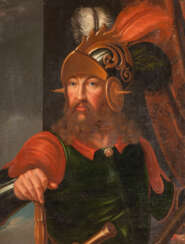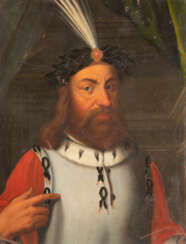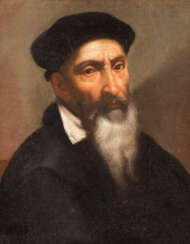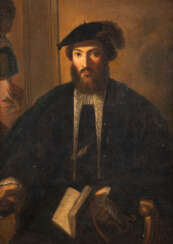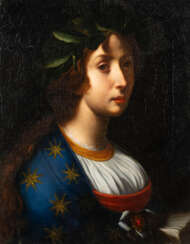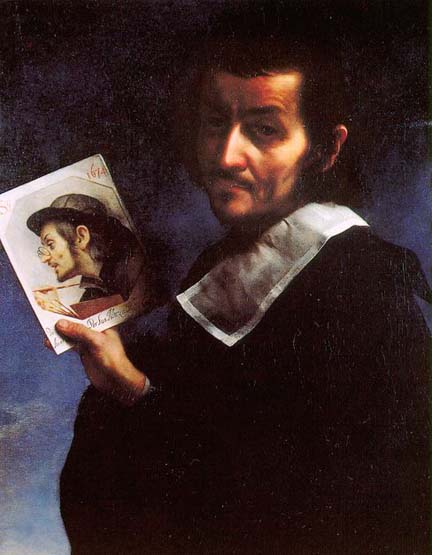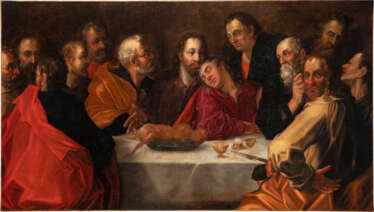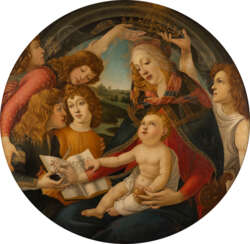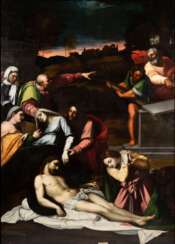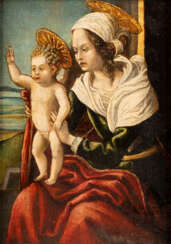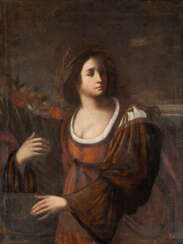
Old Master Paintings — 126-4: Skulpturen, Plastiken und Alte Meister

Melozzo da Forlì, an influential Italian Early Renaissance painter and architect, is celebrated for his pioneering work in the realm of fresco painting and his remarkable use of foreshortening, a technique that gives the illusion of depth in a two-dimensional space. Born on June 8, 1438, in Forlì, Italy, Melozzo was a leading figure in the art world of his time, leaving an indelible mark on the Renaissance culture and art landscape.
His tenure in Rome, from around 1472-74, was particularly fruitful, marking a period where he created some of his most notable works. The fresco "Sixtus IV Appointing Platina as Librarian of the Vatican Library," completed in 1477 and now housed in the Pinacoteca Vaticana, stands as a testament to his mastery of perspective and architectural representation. Melozzo's work in the Basilica dei Santi Apostoli in Rome, particularly the fresco depicting the Ascension of Christ, is another significant contribution, showcasing his ability to portray figures with dynamic realism and depth.
Throughout his career, Melozzo also engaged in architectural design and was involved in the construction of Palazzo Altemps for Girolamo Riario in Rome, demonstrating his versatile talent beyond painting. His influence extended to his pupils, notably Marco Palmezzano, and his style and techniques continued to inspire future generations, including Raphael and Michelangelo.
Melozzo's legacy is characterized by his contributions to the development of pictorial art, especially his innovative use of perspective and foreshortening. Although many of his works have been lost or damaged over time, those that survive continue to be studied and admired for their artistic and technical prowess. His final years were spent in his hometown of Forlì, where he died on November 8, 1494, leaving behind a body of work that continues to be celebrated for its influence on the Renaissance art movement.
For collectors and experts in art and antiques, Melozzo da Forlì's work represents a pivotal moment in the history of Renaissance art, embodying the transition towards more dynamic and realistic representations. If you're keen on exploring the contributions of this remarkable artist further, consider signing up for updates related to Melozzo da Forlì. This subscription will keep you informed about new product sales and auction events, offering a unique opportunity to connect with the rich heritage of Renaissance art and culture.

Bartholomäus Bruyn, usually called Barthel Bruyn or Barthel Bruyn the Elder, was a German Renaissance painter active in Cologne. He painted altarpieces and portraits, and was Cologne's foremost portrait painter of his day.

Jan van der Straet (Italian: Giovanni Stradano, Latin: Stradanus) was a Flemish and Italian Mannerist painter.
Van der Straet is best known for his large-scale frescoes, which decorate several important buildings in Florence and Rome. He also created numerous prints and paintings on a variety of subjects, including mythology, biblical scenes, and historical events.
One of his most famous works is a series of prints called Nova Reperta (New Discoveries), which depict some of the major technological advancements of the 16th century, such as the printing press, the compass, and the telescope. The series was highly influential and helped to spread knowledge and awareness of these new technologies throughout Europe.
Van der Straet was a highly skilled artist and his works are known for their attention to detail and realism. He was also a skilled draftsman and many of his drawings and sketches have survived to this day. His influence can be seen in the works of many later artists, including Rubens and Rembrandt.
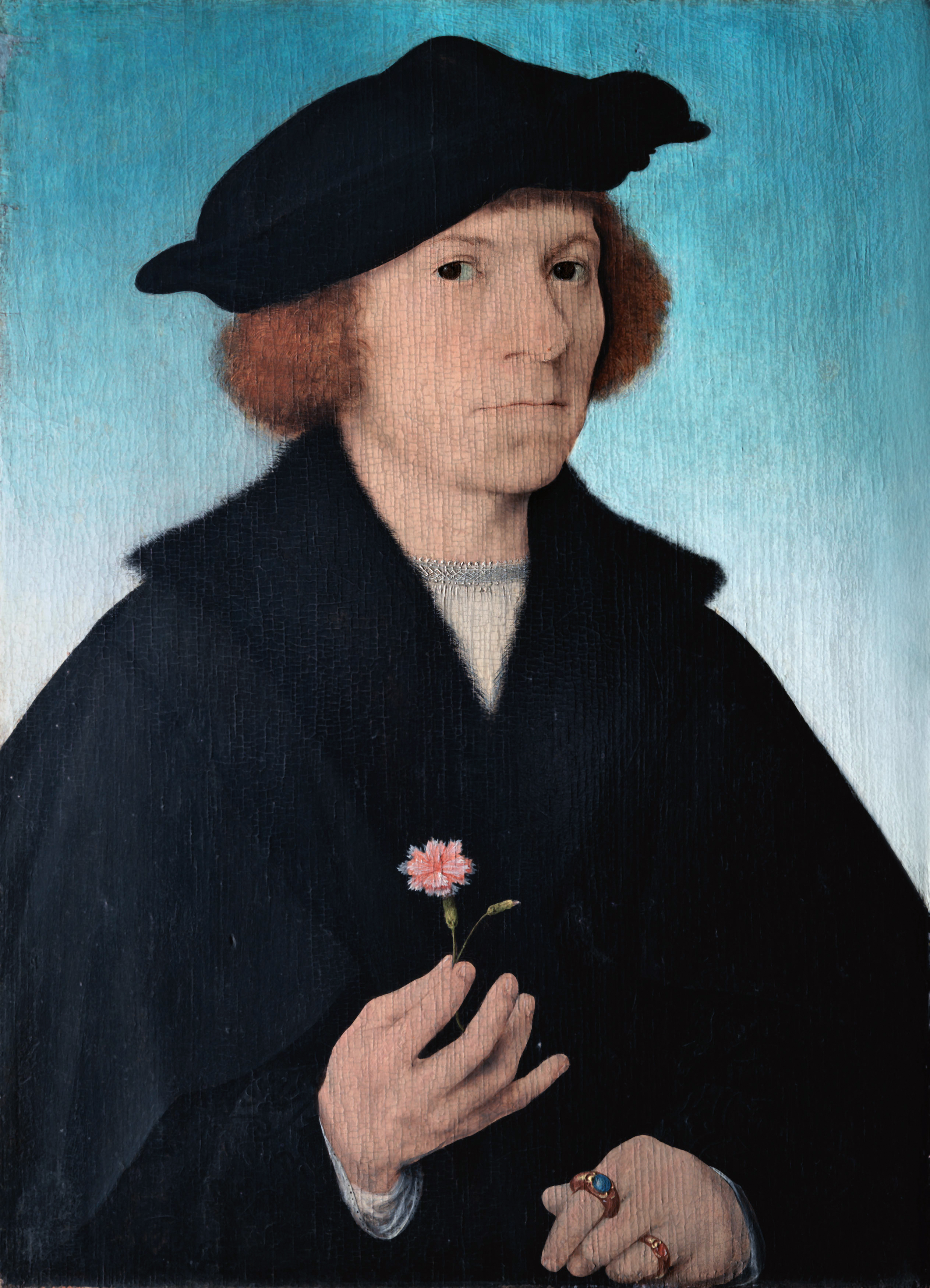
Joos van Cleve, also known by his real name Joos van der Beke, was a prominent Netherlandish painter, active mainly in Antwerp from about 1511 until his death in 1540 or 1541. His work predominantly centered around religious subjects and portraits, including notable commissions for the French King Francis I during his time at the French court. His artistic oeuvre reflects a blend of traditional Netherlandish painting techniques with contemporary Renaissance styles, showcasing his direct knowledge of local art combined with an awareness of Italian developments.
Van Cleve's work was characterized by its elaborate detail, particularly in his altarpieces which often incorporated portraits and landscapes, demonstrating his refined painting style. His success in Antwerp was significant, and he was also recognized at the French court, indicating his high regard as a portrait artist. Notably, Van Cleve had the opportunity to paint members of the royal court, including King Francis I and Queen Eleanor of Austria, underscoring his skills in portraiture.
His paintings are recognized for their sensitivity to color and a unique solidity of figures, with some works showcasing the popular style of Antwerp Mannerism. Van Cleve was an innovator in introducing broad world landscapes in the backgrounds of his paintings, a technique that became popular in sixteenth-century northern Renaissance paintings. Despite his contributions to the Renaissance art movement, Van Cleve also produced works that were highly eclectic, drawing on the styles of earlier Netherlandish masters as well as Italian influences, particularly in his use of sfumato, evident in his Virgin and Child compositions.
For art collectors and experts, Joos van Cleve's legacy offers a rich exploration into the transition from medieval to Renaissance art in Northern Europe. His body of work, found in prestigious collections such as the National Gallery in Prague, the Louvre, and the Royal Museums of Fine Arts of Belgium, remains a testament to his versatility and skill as a painter of both religious narratives and royal portraits.
To delve deeper into the fascinating world of Joos van Cleve and to stay informed about exhibitions or sales featuring his work, consider signing up for updates from art institutions and auction houses. This subscription will ensure you remain at the forefront of developments and opportunities related to this influential artist's oeuvre, enhancing your collection and understanding of Renaissance art.
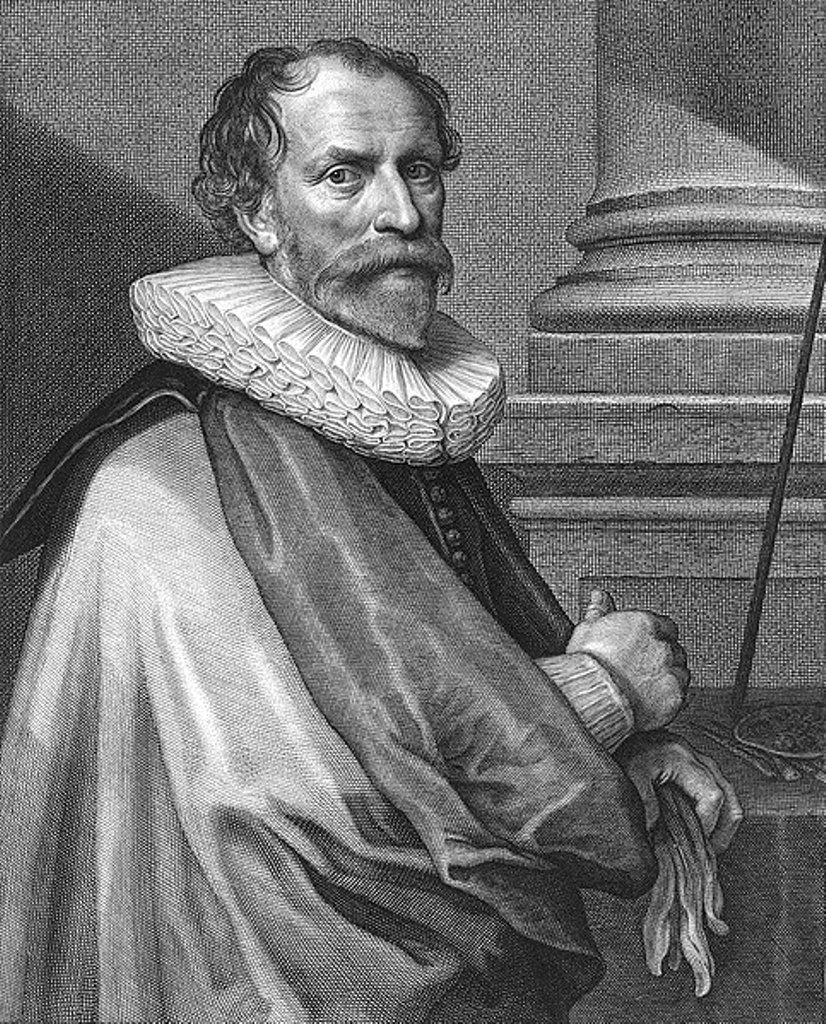
Michiel Jansz. van Mierevelt was a Dutch portrait painter of the Golden Age.
Michiel Jansz. van Mierevelt studied painting in Utrecht and soon became a recognized master of portraiture. He also painted on historical and mythological subjects.

Sandro Botticelli, an Italian painter of the Early Renaissance, was renowned for his exquisite works that beautifully merged classical mythology with religious themes. Born Alessandro di Mariano di Vanni Filipepi in Florence around 1445, Botticelli became a pivotal figure in the Florentine art scene under the patronage of the Medici family. His education under Filippo Lippi honed his skills in painting, leading to a unique style that emphasized linear grace and ethereal beauty. Botticelli's art is celebrated for its elegance and for capturing the spirit of the Renaissance, a period marked by a rebirth of interest in classical antiquity and humanistic values.
Botticelli's oeuvre includes iconic mythological paintings like "The Birth of Venus" and "Primavera," both housed in the Uffizi Gallery in Florence. These masterpieces are distinguished by their allegorical complexity and the delicate portrayal of figures that seem to transcend the earthly realm, reflecting Botticelli's interest in blending myth with a narrative style that appeals to the viewer's sense of wonder and contemplation. His religious works, characterized by expressive emotion and devotional intensity, also earned him acclaim, particularly his contributions to the Sistine Chapel in Rome.
Despite his success, Botticelli's later years were marked by a shift in style influenced by the somber preachings of Savonarola, leading to a preference for more devotional themes. His reputation waned posthumously until the late 19th century, when a resurgence of interest in his work restored Botticelli to his rightful place as a master of the Renaissance. Today, Botticelli is regarded as an artist whose works encapsulate the innovative spirit of his time, bridging the Gothic tradition with the emerging Renaissance aesthetic. His legacy endures, inspiring art lovers and collectors who are drawn to the ethereal beauty and rich symbolism of his paintings.
For those captivated by the allure of Renaissance art, subscribing for updates on new discoveries, sales, and auction events related to Sandro Botticelli can enrich your appreciation and knowledge of this remarkable artist's contribution to the world of art and culture.
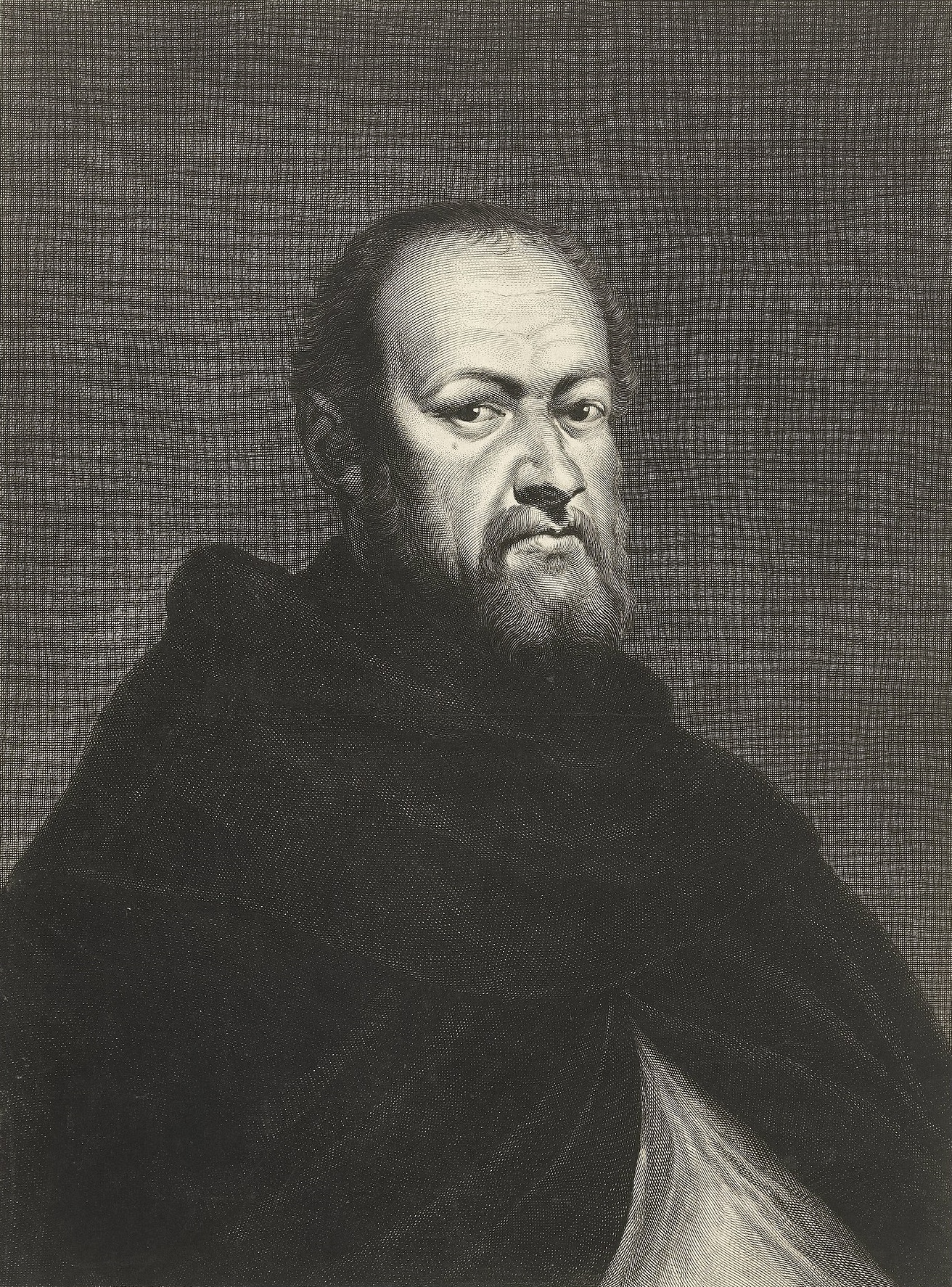
Sebastiano del Piombo was an Italian painter of the High Renaissance and early Mannerist periods famous as the only major artist of the period to combine the colouring of the Venetian school in which he was trained with the monumental forms of the Roman school. He belongs both to the painting school of his native city, Venice, where he made significant contributions before he left for Rome in 1511, and that of Rome, where he stayed for the rest of his life, and whose style he thoroughly adopted.
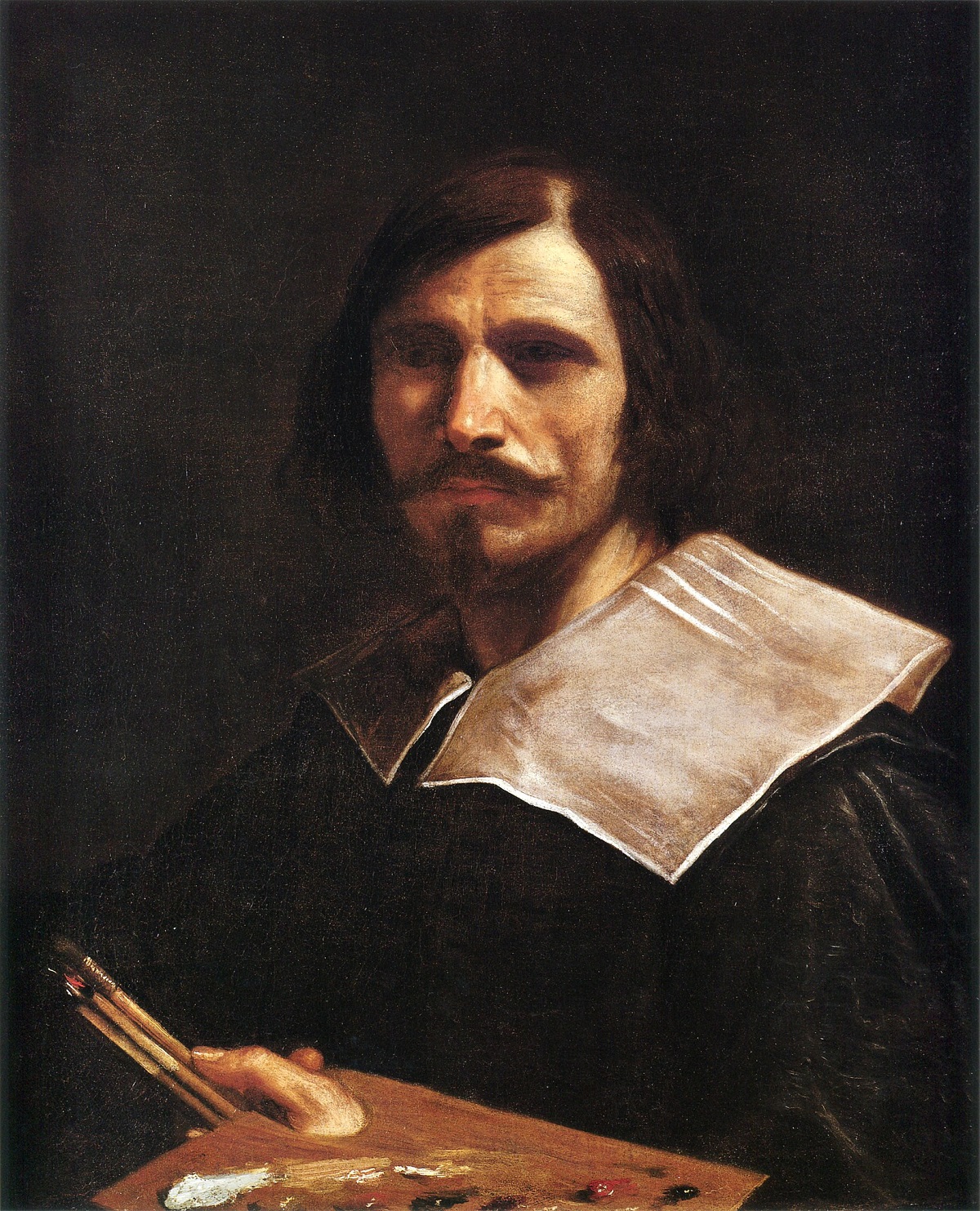
Giovanni Francesco Barbieri, better known as Guercino, was an Italian Baroque painter and draftsman from Cento in the Emilia region, who was active in Rome and Bologna. The vigorous naturalism of his early manner contrasts with the classical equilibrium of his later works. His many drawings are noted for their luminosity and lively style.
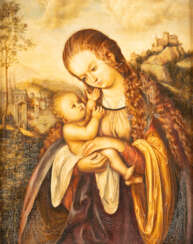

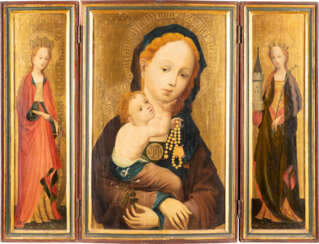

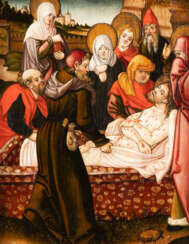

 Schäufelin.jpg)
